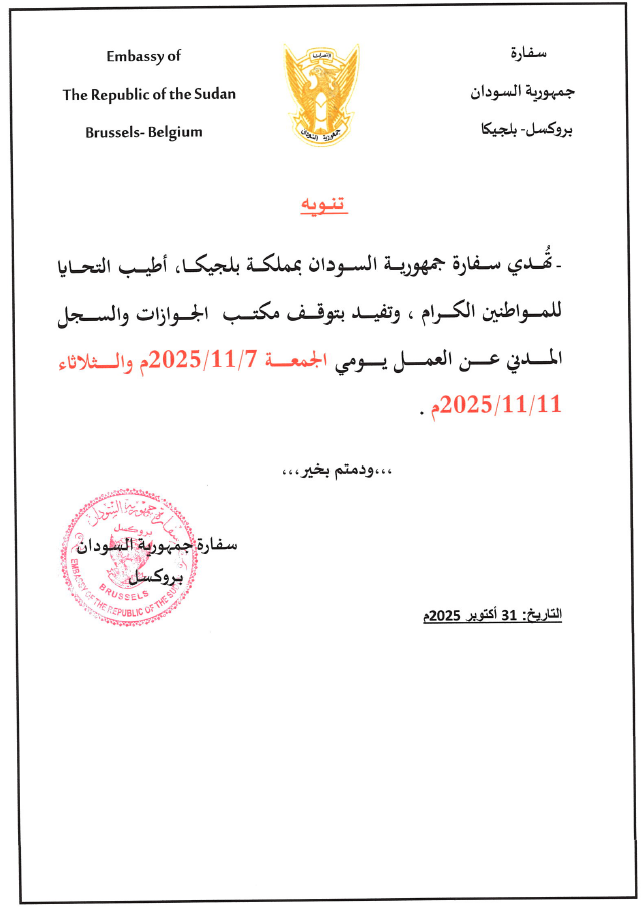Discover Sudan: A nation of rich heritage and culture
The Republic of the Sudan was the largest country in the African continent until the separation of South Sudan in 2011. Sudan total area is of 1,861,484 square kilometres making it the third largest country in the African continent. Sharing borders with 6 countries: Egypt from the north, Libya to the northwest, Ethiopia and Eritrea from the east, Chad from the west, Central Africa Republic from the southeast,South Sudan from the south and the Red Sea from the Northeast. The city Capital is Khartoum which is composed from 3 cities divided by the tow main tributaries of the Nile ;the Bleu and White Nile which meets in the Khartoum and move northward.
Sudan is considered very rich in terms of ethnic diversity whereas more than 600 ethnic groups live in the country with a population number estimated to be 40 million people according the last census of 2008.
Given its vast territory and diverse ethnicity Sudan has more than 400 languages and dialects. The Arabic is the official and dominant language and considered as the primary lingua Franca. The English language is the country's first foreign language. Others major languages are spoken by different ethnic groups.
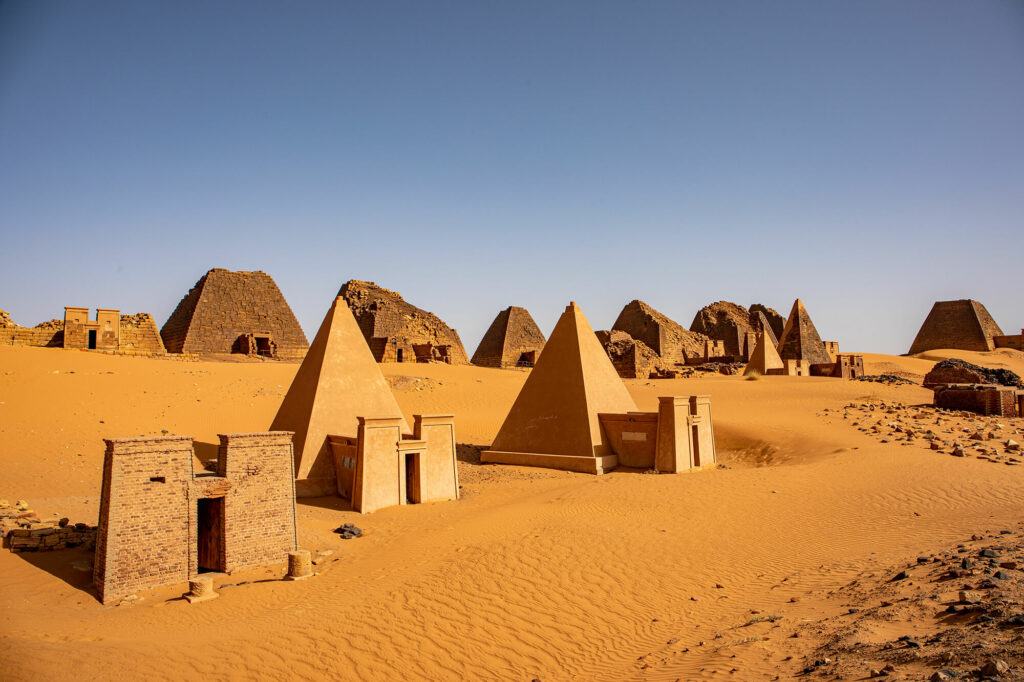
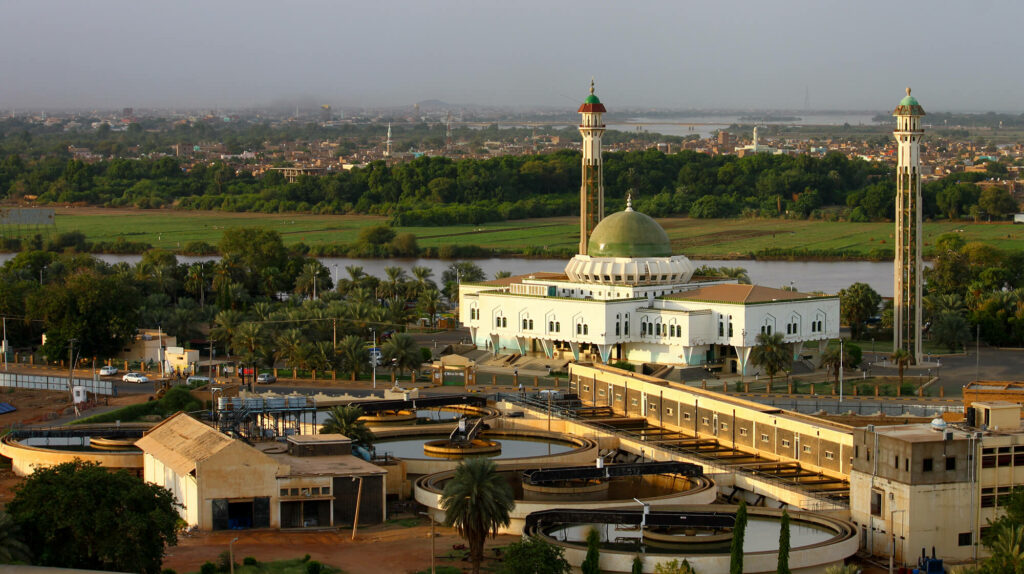
Religion
Religiously, Islam is the country's main and official religion as more than three-forth of the population are Muslims. Sudanese are uniformly Sunni. Christianity is the second religion.
Topography
Sudan is a land of plateaus and plains. Low mountains are found behind the Red Sea coast, in the far south, and in the far west. The only interior highlands of consequence are the Nuba Mountains west of the White Nile. Extensive swamps are found in the south, especially along the Bahr al-Ghazal and the Bahr al-Jabal, the principal southernmost tributaries of the White Nile.
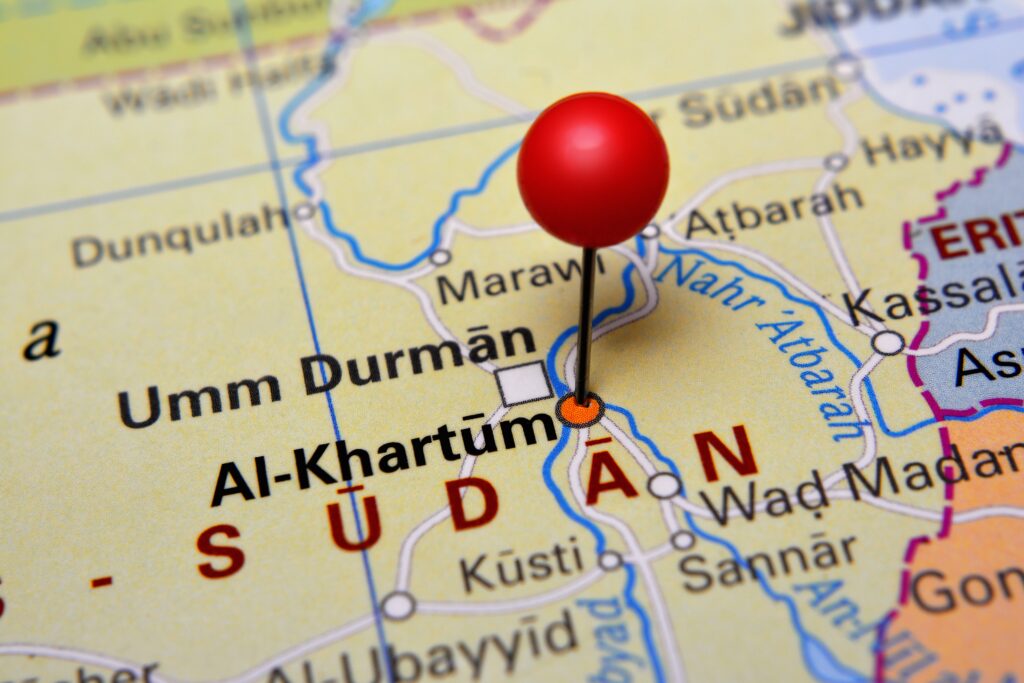
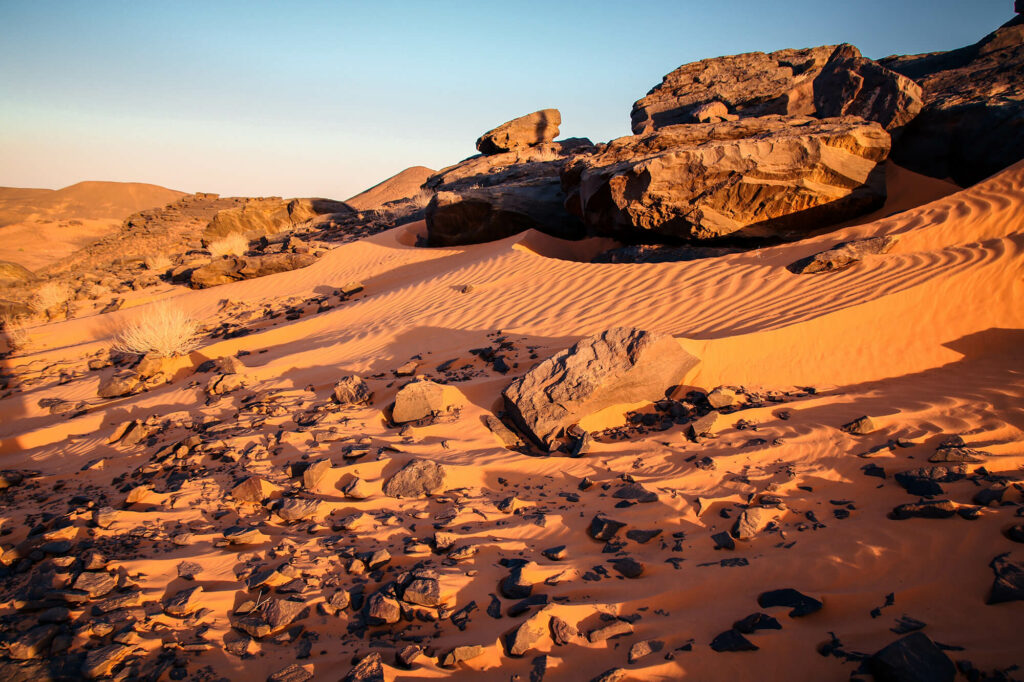
Climate
Rainfall ranges from rare and occasional in the far northern desert to relatively abundant and frequent (rainy seasons of six to nine months) in the southern third of the country. In most years, central Sudan has enough rain for agriculture, but a lack of rain the 1970s, 1980s, and 1990s caused severe drought. Dust storms, often accompanying the arrival of the annual south-westerly rains in May-July.


